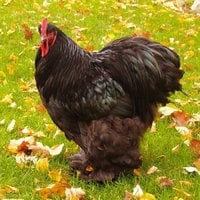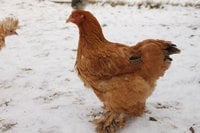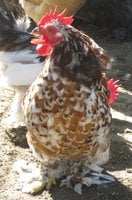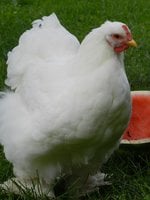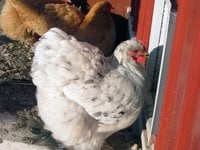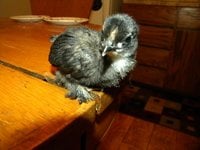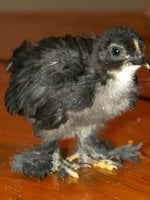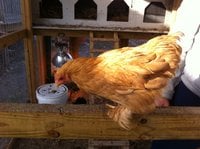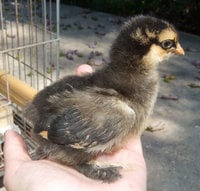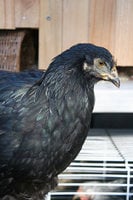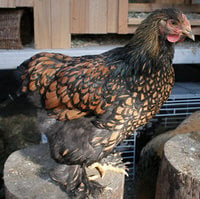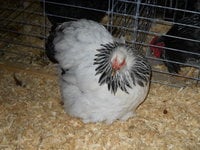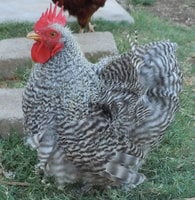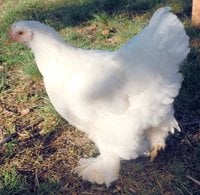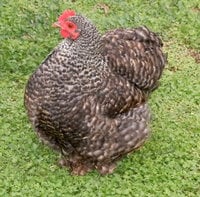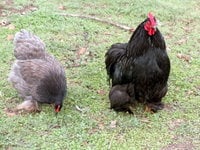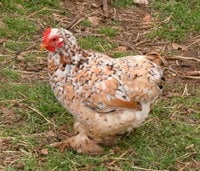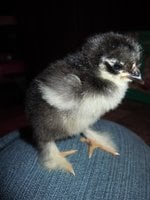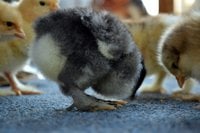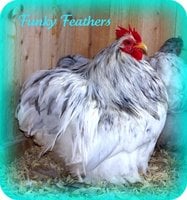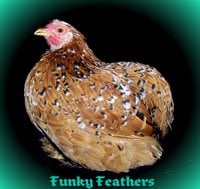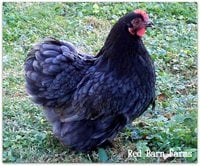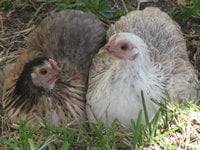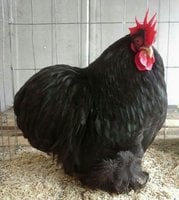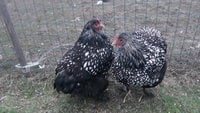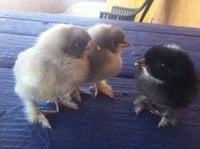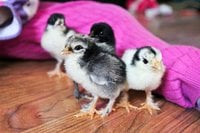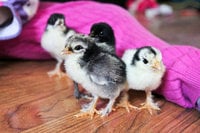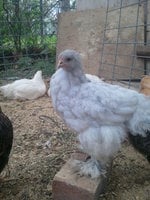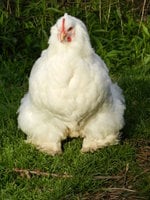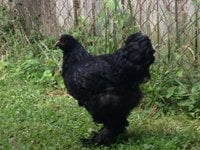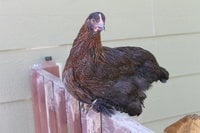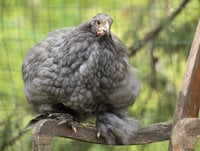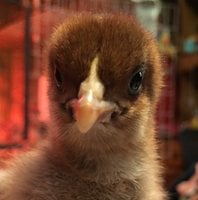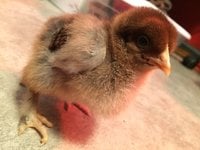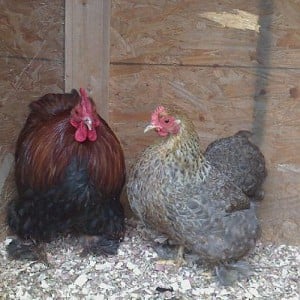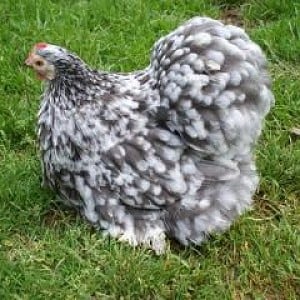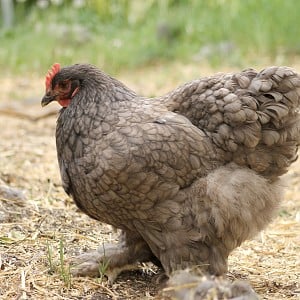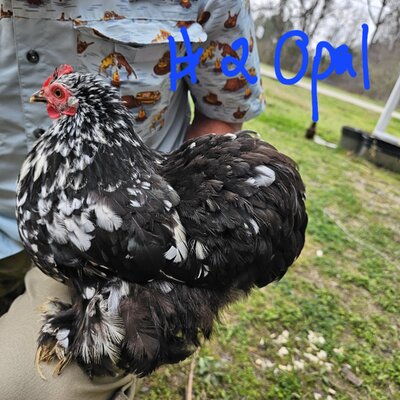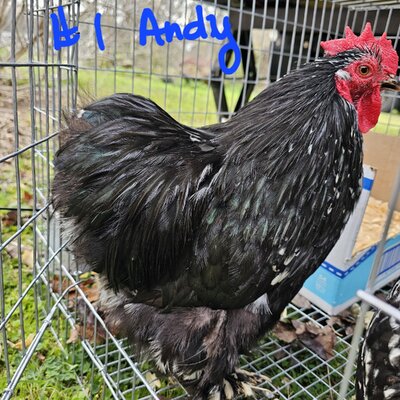General Information
- Breed Purpose
- Ornamental
- Comb
- Single
- Broodiness
- Frequent
- Climate Tolerance
- Cold
- Egg Productivity
- Low
- Egg Size
- Medium
- Egg Color
- Light Brown
- Breed Temperament
- Friendly,Easily handled,Calm,Bears confinement well,Quiet,Docile
- Breed Colors/Varieties
- White, Blue, Black, Buff, Red, Partridge and various other newer colors, Splash
- Breed Size
- Large Fowl
- APA/ABA Class
- Asiatic
The Cochin is one of the most popular breeds of chicken with the hobbyist in the world today. The main reason for the breed's popularity is it's exceptional temperament. Cochins are renowned for having for extremely kind and quiet dispositions. They are easily tamed and very friendly, making them one of the most popular pet breeds for children. Mature birds also do not roam much and do not fly well at all, making them easier than most breeds to confine.
The breed originated in China and was exported to Britain and America in the mid 19th century, and are one of the breeds responsible for starting “hen fever” – the national obsession for poultry that struck America and England at that time. As the breed was developing in China, particular attention was paid to the large size of the bird and it is one of the largest breeds, with roosters weighing 11 lbs and hens 9lbs. Another notable feature is the bird's plentiful feathering, that covers not only the body but its legs and feet, making an already large bird appear even larger. It comes in a wide variety of colors and patterns, with many more being developed by hobbyists. They come in both standard and bantam sizes and frizzle feathered Cochins are also extremely popular.
Cochins are an extremely broody breed, are great mothers, and are often used as foster mothers for other breeds, or even turkeys and ducks. They are very cold hardy and considered a good winter layer. While the hens are good layers of large light brown eggs when they are laying, their tendency to go broody multiple times a year cuts down their total egg production. It is also used as a slow growing meat bird, and was considered one of the best breeds for making capons.
It was recognized by the APA in 1874 and is on The Livestock Conservancy's Watch list.
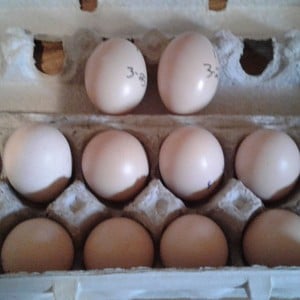
Cochin eggs
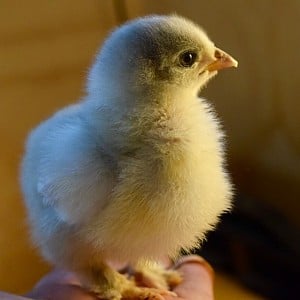
Cochin chick
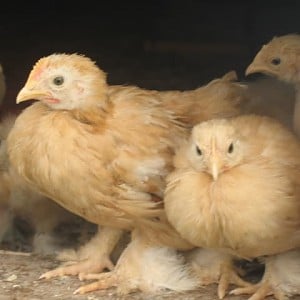
Cochin juveniles
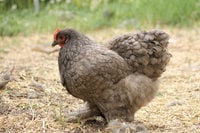
Cochin hen
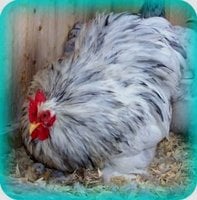
Cochin rooster
For more on the Cochin breed and their owners' and breeders' experiences, please see our breed discussion here:
https://www.backyardchickens.com/threads/chicken-breed-focus-cochin.977805/


